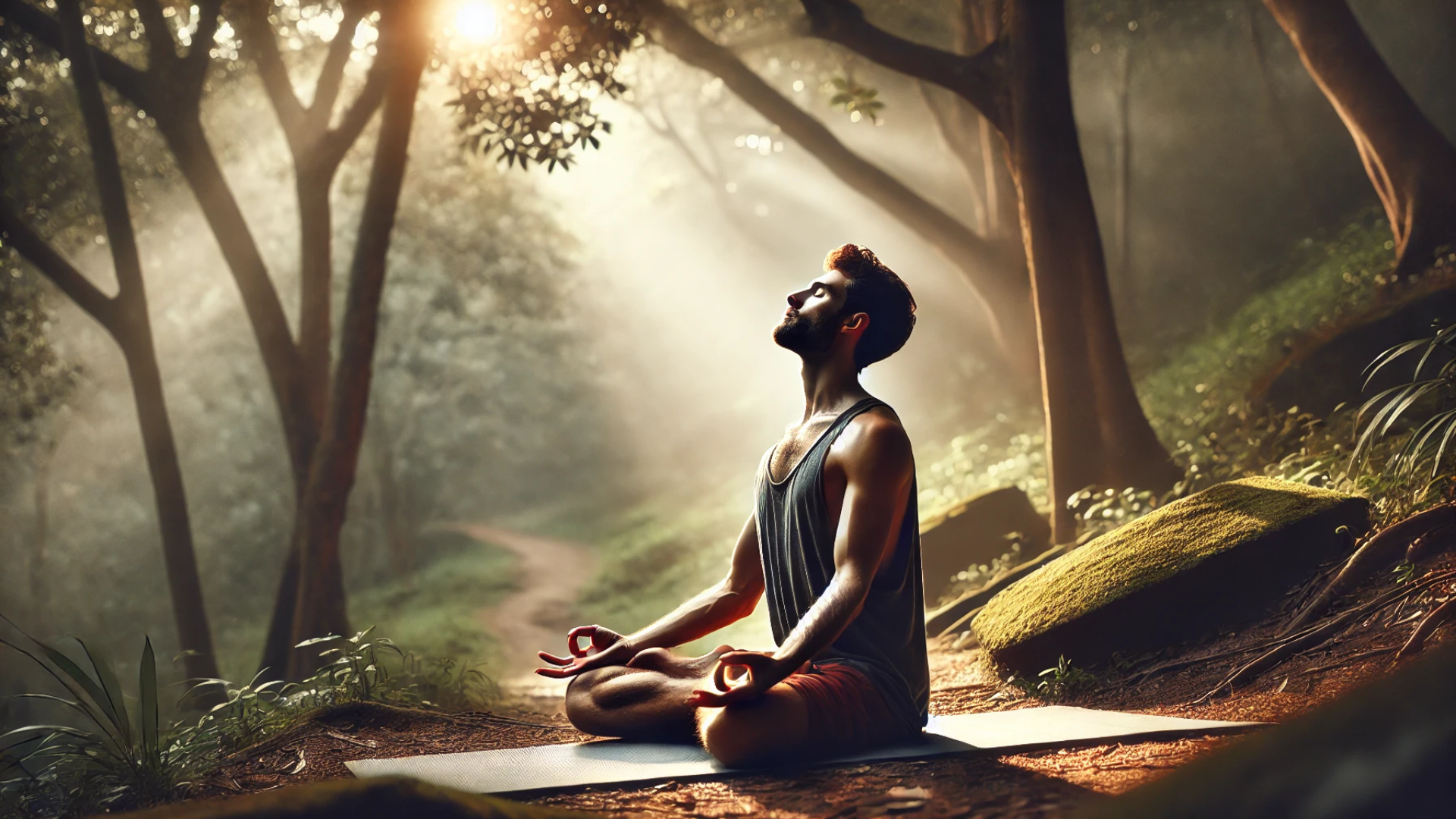
What Is Murcha Pranayama
Murcha Pranayama is an ancient yogic breathing technique in which the breath is retained so that it gives a feeling of soothing and detachment from external sensations and heightened awareness. It is designed to develop human consciousness and facilitate better control over the life force.
The word “Murcha” actually means “fainting” or “swooning.” In itself, it is a pretty intense word, although you are not really expected to faint. The philosophy is to reach a state of transcendence that one feels totally detached from the outer world; however, no discomfort or dizziness is permitted.
How to do Murcha Pranayama
It’s always best if you know most of the foundational breathing techniques beforehand, such as Nadi Shodhana (Alternate Nostril Breathing) and Ujjayi Pranayama, before attempting to do Murcha Pranayama. Here is how you do it step by step:
Identify a Comfortable Space
Choose a quiet, peaceful place where you would not get distracted. Sit comfortably in a pleasant posture in either Padmasana (Lotus Pose) or Sukhasana (Easy Pose).
Sit in a position with your spine straight and shoulders relaxed.
Warm up with Preliminary Pranayama
Glide over a couple rounds of deep, soothing breaths. This quiets the mind and prepares the body for deeper practices.
Use Ujjayi breathing (by constricting the back of your throat) to begin building inner heat and to concentrate.
Concentrate on Your Breath
Breathe in both nostrils. On inhalation, do Shambhavi Mudra (gaze at the central point of your forehead or at your third eye).
Keep your breathing as smooth and steady as possible. Blow completely into lungs.
Retain the Breath (Kumbhaka)
After breathing in for some time, retain the breath inside for some time and keep gazing at the space between eyebrows.
Avoid holding the breath for too long, especially if this is the very first time you will be performing this technique. You may gradually increase the retention time as you get accustomed.
As such, it is to slowly and fully exhale through your nostrils while letting your mind continue staying concentrated. Just do not leave the meditative state.
Repeat the Process
You can repeat this cycle of inhalation, retention and slow exhalation 5-7 times as per your desire.
End the session by sitting in stillness for some time and noticing any difference in your mind and body.
Benefits of Murcha Pranayama
Murcha Pranayama brings one numerous phenomenal benefits that will leave one with elevated mental, physical, and spiritual understanding. Some benefits include:
Deep Mental Calmness
Murcha Pranayama has a profound soothing effect on the nervous system. It is very relaxing to the mind: de-stress, anxiety, mental chatter.
Shifting the mind from external distractions, it encourages deep concentration and the meditative state.
Emotional Balance
This is one of the best pranayamas for emotional balance. Murcha helps discharge frustrations and possible anger, emotional dysregulation overload; therefore, it guides to the inner part of emotional calmness.
Flowing Enhanced Pranic Energy
The more you practice, the better flow of prana across your body, which increases vitality, energy, and an awareness of potential.
Greater yogic attunement to the subtle body
Spiritual Awakening
You can view the slight drowsiness as a working of higher energizing centers, and in yogic philosophy, specifically, the specific stimulation of Ajna Chakra (Third Eye Chakra), which provides clearer senses, improved intuition, and spiritual opening.
Detachment from Sensory Experience
The special effects of Murcha include a kind of felt detachment from the body and sensory inputs. Such an effect can be very useful for deeper meditation practice and for moving beyond bodily-based sensations.
Intensified Concentration and Attention
It helps the practician disintoxicate himself from the noise in his mind, helps improve clarity of thought and mental focus, both worldly and spiritual.
It’s Here Agni Sara Pranayama How to do it and what are the Benefits Explained
FAQs
Q: How Often Do I Practice Murcha Pranayama?
A: It’s good to begin with a small number of repetitions to start with, perhaps once or twice a week. Once you get used to it and the effect it has upon your body, you can gradually increase the frequency to every day or several times a week.
Q: Is Murcha Pranayama safe for all persons?
A: For advanced practitioners. Before attempting this, see a doctor or yoga expert if you have health problems, especially those related to heart or respiration problems.
Q: Can beginners practice Murcha Pranayama?
A: Murcha Pranayama can be started with basic pranayama exercises like Nadi Shodhana or Ujjayi for more elite yogis, ensuring a strong foundation.

